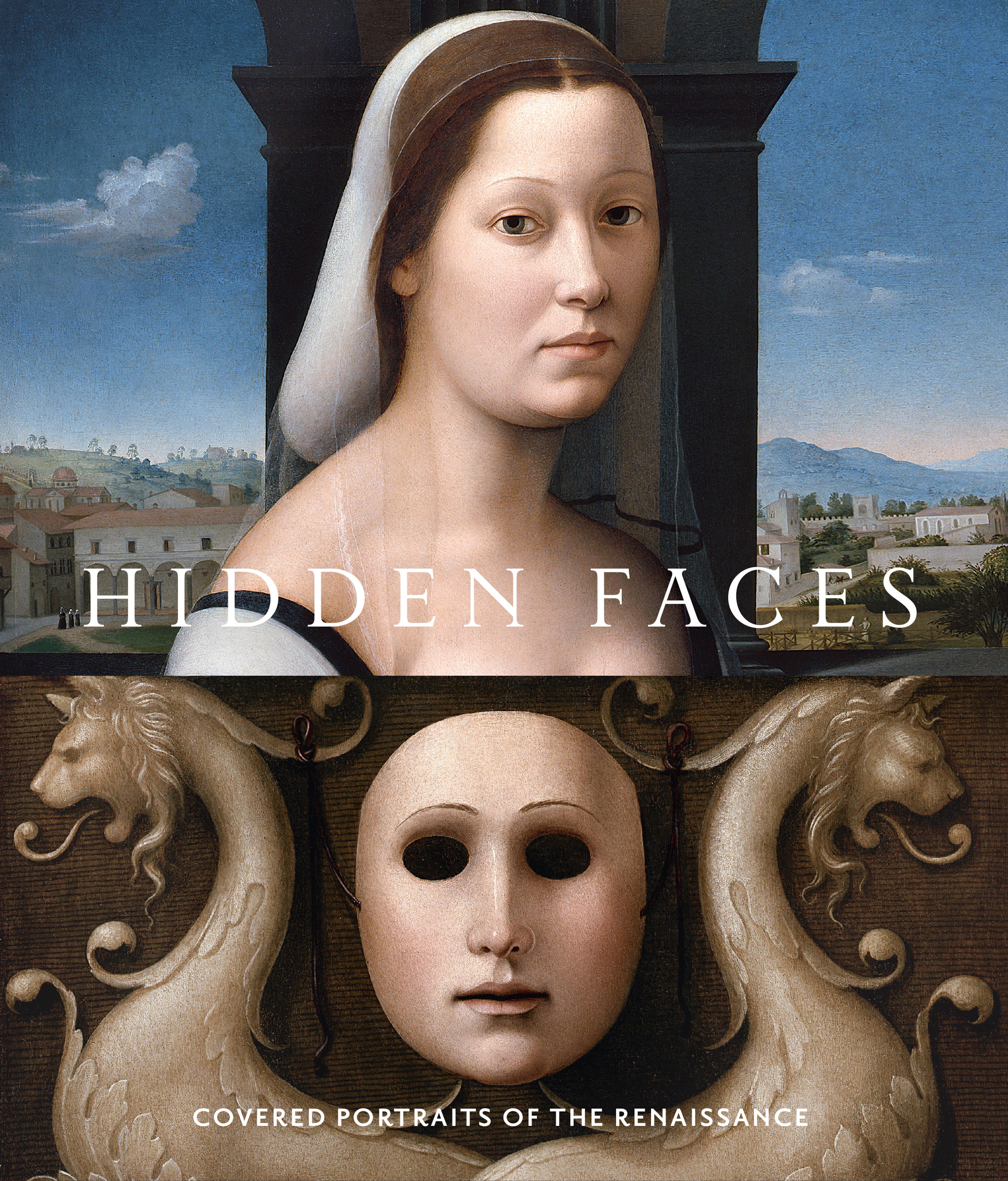Two Satyrs in a Landscape
Form and expression are brought here into full harmony to create one of the great and rare examples of Venetian Renaissance drawing. Only 35 to 40 drawings attributable to Titian are extant, although he was a tirelessly prolific painter. This famous drawing belongs to an early moment in Titian’s work, not far removed from that of the Concert Champêtre (Musée du Louvre, Paris), which was painted around 1509. The concern for rendering both, the spirit and the physical form, of landscape is central to this great period of Venetian art. Titian's use of the pen-and-ink technique is exquisitely pictorial, with varied and freely applied strokes and small dabs of luminous white gouache, lending movement, texture, and tonal unity to the scene. His superb mastery of the pen is everywhere apparent, from the foreground figures built with broadly sculptural effects of chiaroscuro, to the background landscape in which the forms of architecture and nature ineffably dissolve in the distant haze of the horizon. The poetic quality of the drawing is achieved through this subtlety of technique and a certain elusiveness of mood. The two satyrs are entwined, but look away into the distance beyond the astrological disk prominently displayed at the right.
(Carmen C. Bambach, 2014)
(Carmen C. Bambach, 2014)
Artwork Details
- Title:Two Satyrs in a Landscape
- Artist:Titian (Tiziano Vecellio) (Italian, Pieve di Cadore ca. 1485/90?–1576 Venice)
- Date:ca. 1505–10
- Medium:Pen and brown ink, highlighted with white gouache on fine, off-white laid paper
- Dimensions:8-1/2 x 5-15/16 in. (21.6 x 15.1 cm)
- Classification:Drawings
- Credit Line:Rogers Fund, 1999
- Object Number:1999.28
- Curatorial Department: Drawings and Prints
More Artwork
Research Resources
The Met provides unparalleled resources for research and welcomes an international community of students and scholars. The Met's Open Access API is where creators and researchers can connect to the The Met collection. Open Access data and public domain images are available for unrestricted commercial and noncommercial use without permission or fee.
To request images under copyright and other restrictions, please use this Image Request form.
Feedback
We continue to research and examine historical and cultural context for objects in The Met collection. If you have comments or questions about this object record, please contact us using the form below. The Museum looks forward to receiving your comments.
